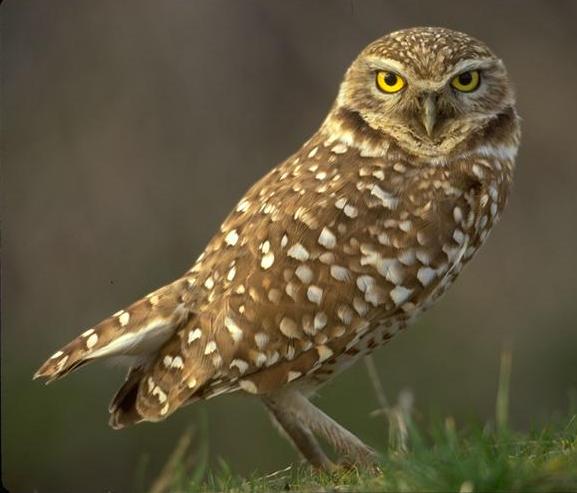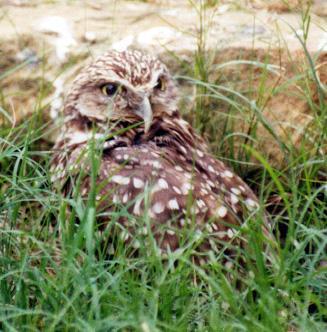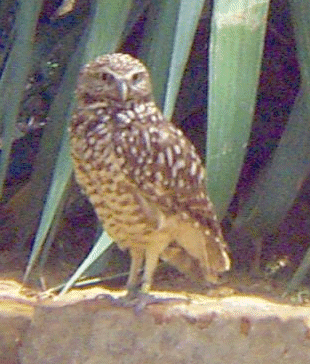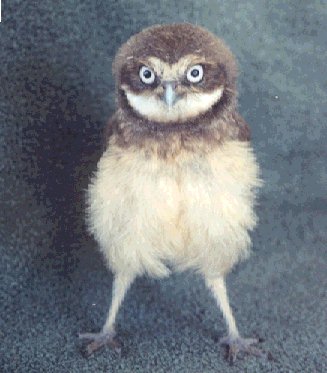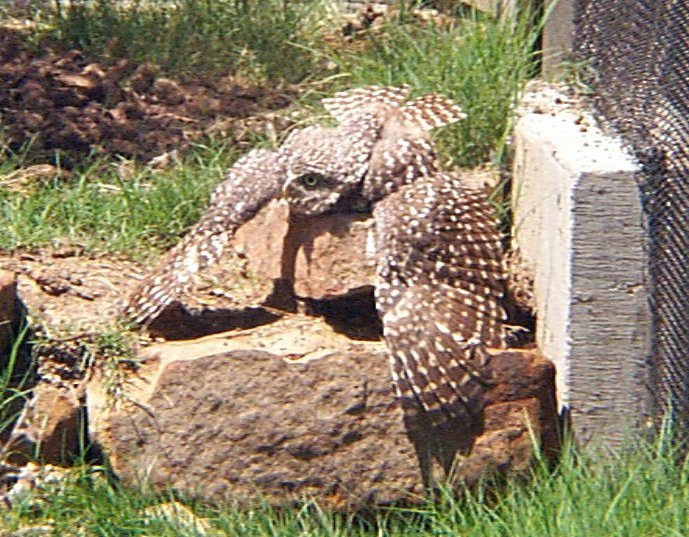|
Name: Burrowing owl | |
| Scientific name: Athene cunicularia | ||
| Range:All of North and Central America | ||
| Habitat: grasslands and deserts | ||
| Status: Not threatened | ||
| Diet in the wild: rodents, insects and small birds | ||
| Diet in the zoo: mice | ||
| Location in the zoo: Texas Wild! In the panhandle section. |
